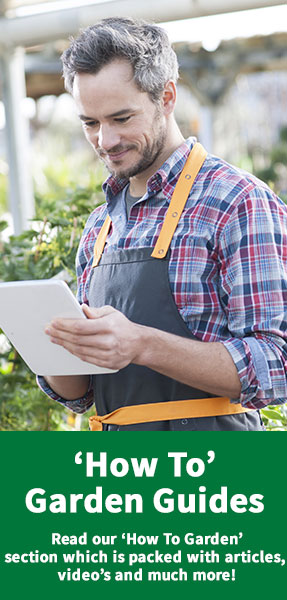
Check your stored vegetables regularly
Which vegetables will store and how long will they keep? This is an annual dilemma faced by many gardeners. Often the need for storage is caused by gardeners being too generous in their sowings and planting and creating their own ‘gluts’ and ‘surpluses’. Why plant 200 onion sets if you only use a single bulb per week? Sowing little and often reduces the wastage and ‘glut’ of the most popular subjects - lettuce, spinach, radish, spring onions, beets - some of these, particularly the leafy vegetables, are unsuitable for storing anyway, as they quickly go limp, lose their freshness and eye appeal.
The most important thing to remember is ‘Fresh Is Best’, that is why you are growing your own in the first place - for their taste, freshness, quality and nutritional values.
Freeze surpluses of shelling peas and sweetcorn, as they quickly lose their freshness and taste once picked. Frozen peas are one of the few vegetables that are worth buying in the supermarket as they are harvested and frozen very quickly so maintaining their taste and nutrition. Broad Beans, the green seeded varieties are less prone to discolouring in the freezer. French and Runner Bean varieties freeze exceptionally well.
Brassicas, Winter cauliflower, Brussels sprouts, kales, savoy and winter cabbage are best left where they are growing, although best netted against pigeons. They can be dug up leaving the soil attached to the roots and hung upside down by tying with string suspended from a beam in your shed. They will store for a good couple of months.
Maincrop Onions/ Shallots - Lift the bulbs on a dry, sunny but windy day and leave them on the soil surface to ‘set’ skins. Do not rub these off. Carefully remove any soil from the roots, and store sound bulbs in slatted trays, used tights, or polyproplene onion nets, or tied in ropes and hung in the shed.
Maincrop beet, carrots, swede, turnip, parsnip - These can be left in the soil, although soil pests and rodents may take advantage, and prolonged severely cold soil temperatures can affect the root texture and reduce quality and flavour. We suggest lifting some of your roots and twist off the leaves and store in layers of barely damp multipurpose compost, sieved soil or sand in boxes. Keep cool but frost free. Place a blanket over the boxes to keep dark. Roots in boxes should not touch each other to avoid rots spreading and to allow easier air movement and moisture between the roots.
Leeks and Trench Celery - Really are best left where they are and lifted as required. Soil can be earthed further up the stems to protect during harshest weather.
Maincrop potatoes - Sound, dry, fully ‘set’ skin tubers are best stored in hessian sacks or thick paper bags and covered with a blanket to blank out any light. Potatoes must be stored in cool but frost free conditions in the dark and will store for many months.
Important reminders - Store only blemish free, sound good quality produce. Check these regularly and remove any showing rotting or disease symptoms. Never store in polythene as sweating will quickly encourage rotting. Sheds/ garages should be cool but frost free, although use of blankets for insulation and darkness may suffice. Ideally some air circulation is beneficial for storing most crops.
Sign Up For Exclusive Special Offers




© 2024 Thompson & Morgan. All rights reserved. A division of Branded Garden Products Limited.




